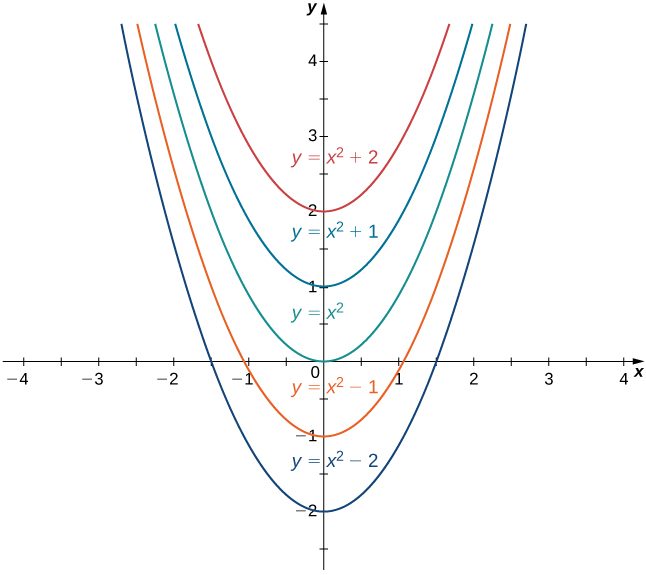| << Chapter < Page | Chapter >> Page > |
We use this fact and our knowledge of derivatives to find all the antiderivatives for several functions.
For each of the following functions, find all antiderivatives.
We now look at the formal notation used to represent antiderivatives and examine some of their properties. These properties allow us to find antiderivatives of more complicated functions. Given a function we use the notation or to denote the derivative of Here we introduce notation for antiderivatives. If is an antiderivative of we say that is the most general antiderivative of and write
The symbol is called an integral sign , and is called the indefinite integral of
Given a function the indefinite integral of denoted
is the most general antiderivative of If is an antiderivative of then
The expression is called the integrand and the variable is the variable of integration .
Given the terminology introduced in this definition, the act of finding the antiderivatives of a function is usually referred to as integrating
For a function and an antiderivative the functions where is any real number, is often referred to as the family of antiderivatives of For example, since is an antiderivative of and any antiderivative of is of the form we write
The collection of all functions of the form where is any real number, is known as the family of antiderivatives of [link] shows a graph of this family of antiderivatives.

For some functions, evaluating indefinite integrals follows directly from properties of derivatives. For example, for
which comes directly from
This fact is known as the power rule for integrals .
For
Evaluating indefinite integrals for some other functions is also a straightforward calculation. The following table lists the indefinite integrals for several common functions. A more complete list appears in Appendix B .

Notification Switch
Would you like to follow the 'Calculus volume 1' conversation and receive update notifications?